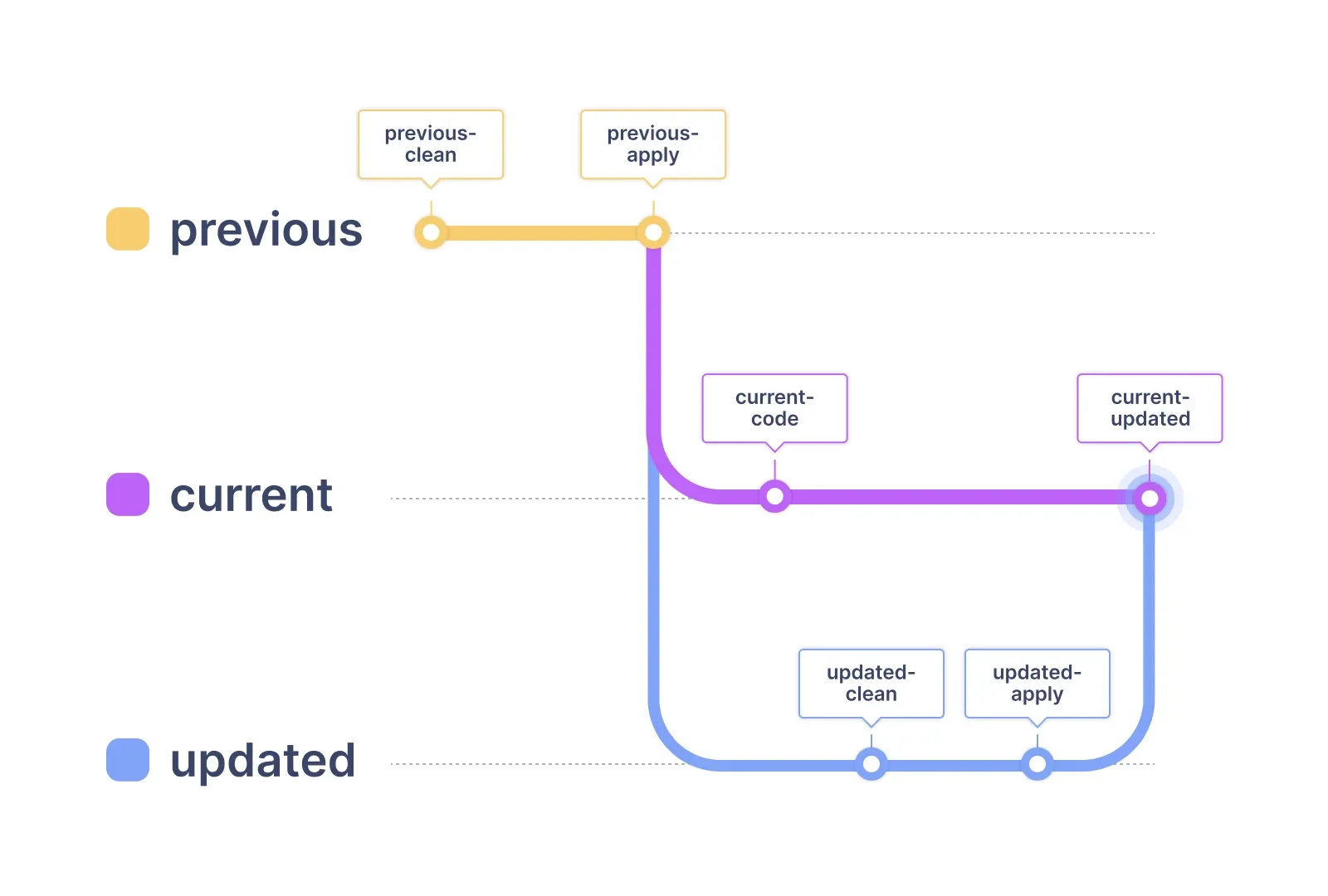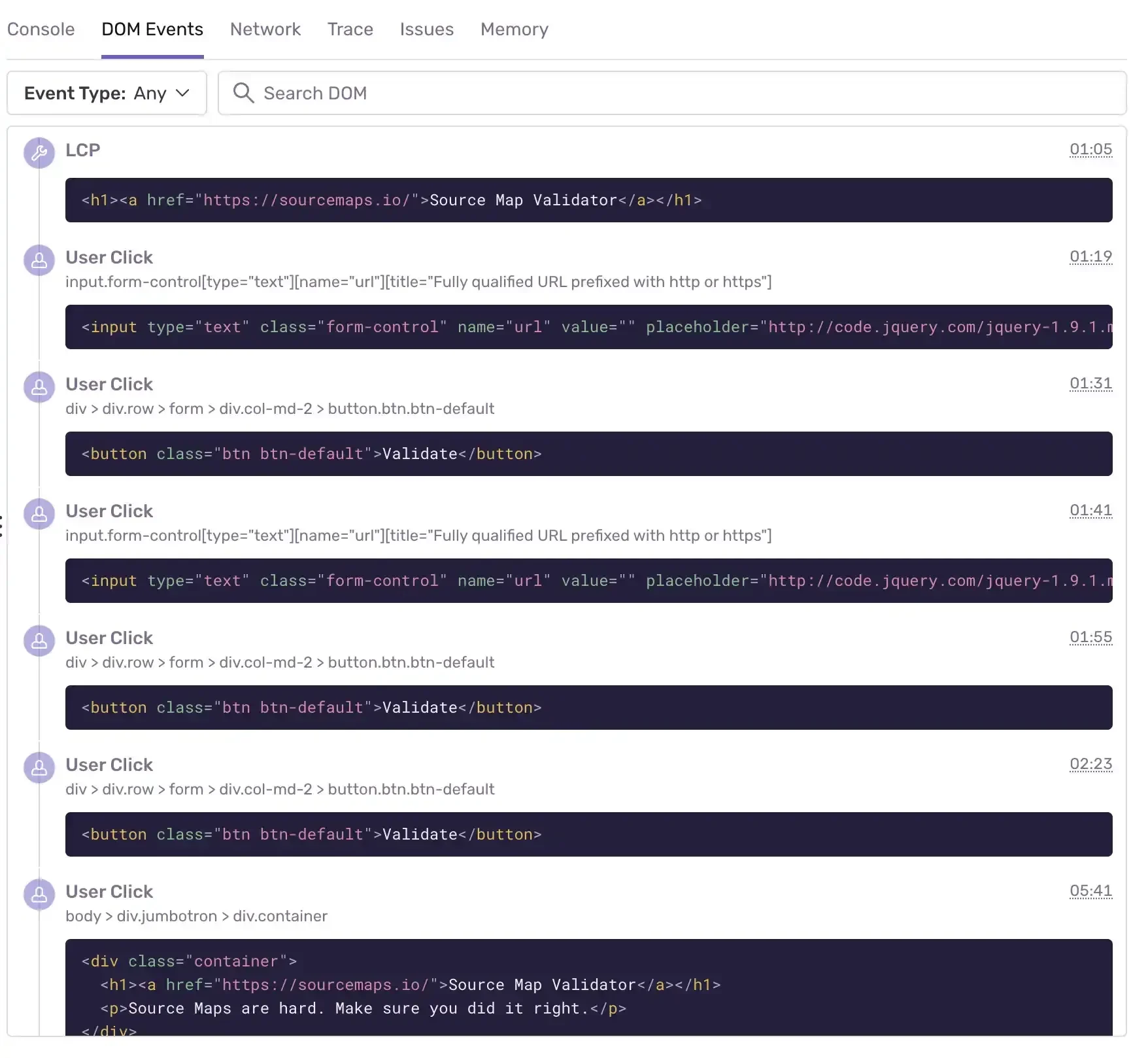Implement and support
We work with you to implement the recommendations from the roadmap and to ensure that your modernization efforts are successful. This may include providing support and assistance with tasks such as training and integration.
By partnering with us for a modernization assessment, you can be confident that you have a team that is skilled in identifying opportunities for improvement and developing a roadmap for modernization. Our modernization assessments are an effective way to ensure that your technology stack and infrastructure are optimized for the future and ready to meet the changing needs of your business.
Once we have developed a roadmap for modernization, the next step is to implement the recommendations and ensure that your modernization efforts are successful. Here are some key considerations for implementing and supporting the modernization plan:
Involve your development team: Your development team will be key to the success of your modernization efforts. It is important to involve them in the planning process, and to ensure that they have the resources and support they need to implement the recommendations effectively.
Use agile methodologies: Agile methodologies are designed to be flexible and responsive to change, and can be an effective way to implement and support your modernization plan. By using agile methodologies, you can break the modernization process down into smaller, more manageable chunks and deliver working prototypes and features on a regular basis.
Communicate with stakeholders: Regular communication with key stakeholders, including IT staff, business leaders, and other relevant parties, can help to ensure that your modernization efforts are successful. This might involve regular status updates, meetings, or other forms of communication.
Monitor progress and adjust as needed: It is important to regularly monitor progress and adjust your approach as needed to ensure that you are meeting your goals and objectives. This might involve reassessing your roadmap or making adjustments to your budget and timeline as circumstances change.
By following these steps and involving your development team, you can effectively implement and support your modernization plan and ensure that your modernization efforts are successful.
Here are some specific ways in which we can be tactically involved in the development aspect of the modernization plan:
Define the scope and priorities of the modernization process: By working with your development team and key stakeholders, we can help to define the scope and priorities of the modernization process, and to identify the key areas where the development team's expertise will be most valuable.
Assign specific tasks and responsibilities: Once we have identified the key areas where the development team can contribute, we can assign specific tasks and responsibilities to ensure that everyone knows what is expected of them.
Provide support and guidance: As the modernization process gets underway, we can provide support and guidance to the development team to ensure that they have the resources and assistance they need to succeed. This might include providing training, access to specialized tools or technologies, or other forms of support.
Monitor progress and provide feedback: It is important to regularly monitor progress and provide feedback to the development team to ensure that they are on track and meeting the goals and objectives of the modernization process. This might involve regular status updates, meetings, or other forms of communication.



